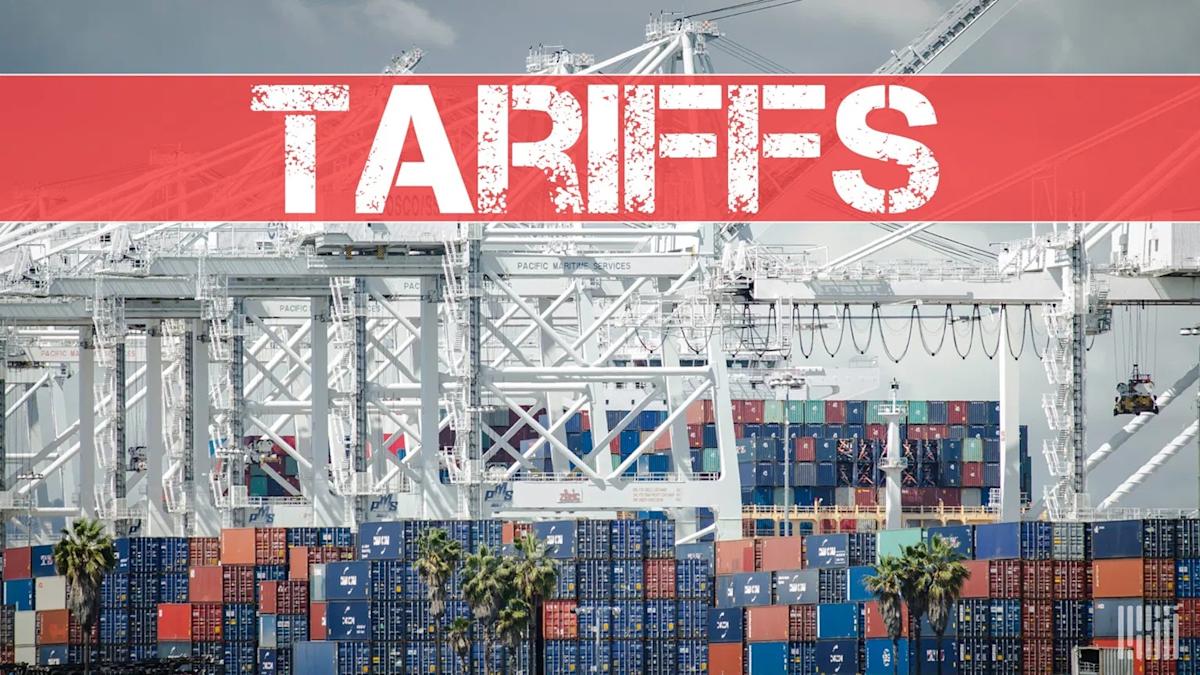Trump to expand tariff powers, sets 15% baseline on Japan
The Trump administration wants to expand U.S. tariff authority, proposing new rules on imported auto parts and metals, while modifying reciprocal duties on trade partners, and implementing a fresh tariff framework with Japan.
On Sept. 17, the Department of Commerce released an interim final rule creating a new inclusion process for imports of cars and auto parts under Section 232.
The rule lets U.S. producers petition for additional imported components to face the existing 25% tariff. Requests can be filed quarterly, with the first window through Oct. 14.
The Department of Commerce is also accepting inclusion requests for steel and aluminum downstream products through Sept. 29.
After each window closes, the Department of Commerce will accept public comments for two weeks.
The White House says the move aims to boost U.S. manufacturing and national security by reducing reliance on foreign supply chains.
“These actions protect national security, strengthen supply chains, and support American workers and industries,” the White House said in its fact sheet.
Critics note the new inclusion process could disrupt automotive and other manufacturing supply chains across North America.
In a Sept. 16 letter organized by the U.S. Chamber of Commerce, a coalition of more than 40 business associations, raised concerns about the expanded inclusion process.
“The sudden expansion of tariffs with limited industry consultation increases costs by generating significant compliance burdens for businesses of all sizes, including those that do not produce steel and aluminum products,” the letter reads.
“Manufacturers account for more than half of all U.S. imports, and these imports are very often products that are not available from domestic sources in sufficient quantities or supplied quickly enough to meet operational timelines. The harm to U.S. employment among downstream producers of items now covered will ultimately be significant, including with respect to those that are key to powering critical industries and the broader U.S. economy.”
Separately, on Sept. 5, the Trump administration signed an executive order revising his reciprocal tariff policy, which was first imposed in April to address what the White House called a “national emergency” created by America’s trade deficit.
The new order added products such as aluminum hydroxide, resin, and silicone to tariff coverage and created the “Potential Tariff Adjustments for Aligned Partners” Annex. The mechanism allows lower tariffs on certain goods, from aircraft parts to agricultural products, if partner nations strike trade deals that address U.S. concerns about reciprocity and security.



Leave a Comment
Your email address will not be published. Required fields are marked *